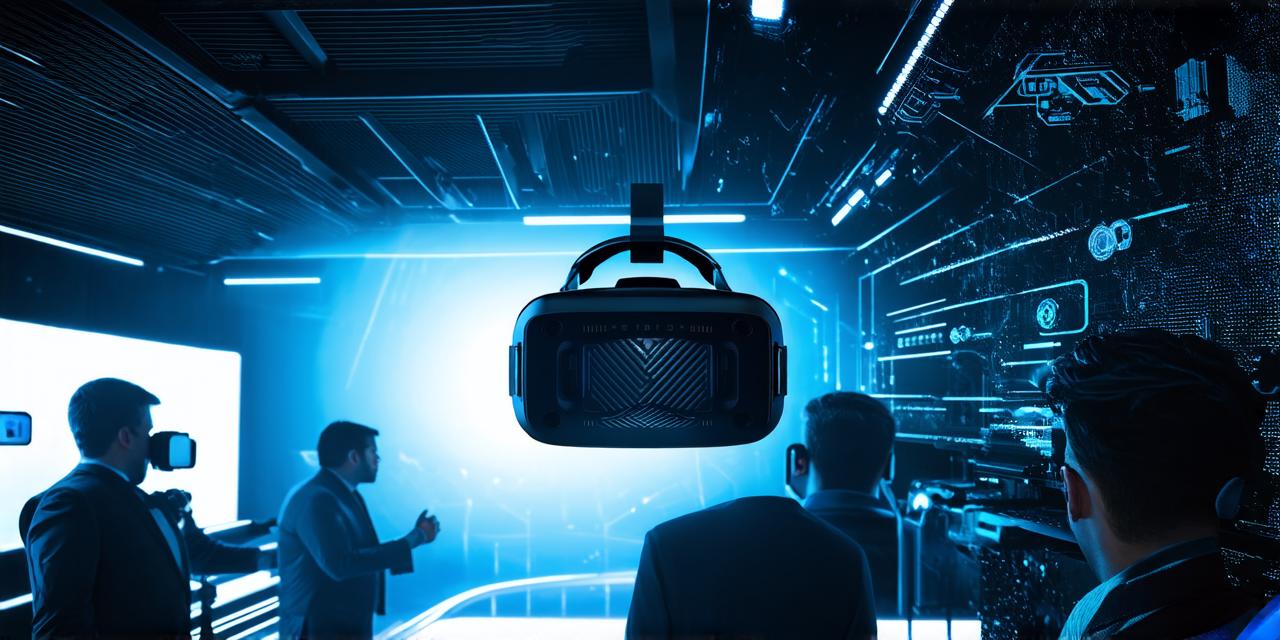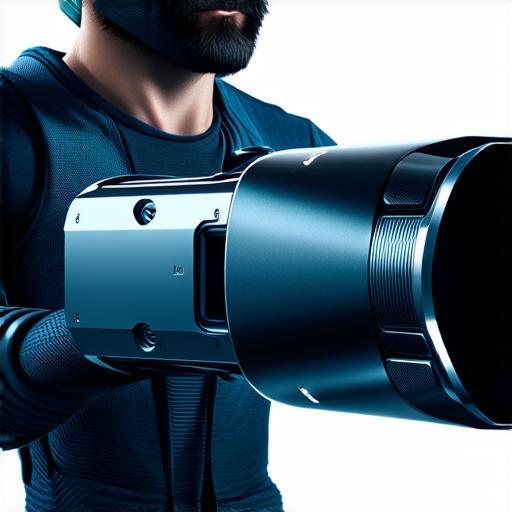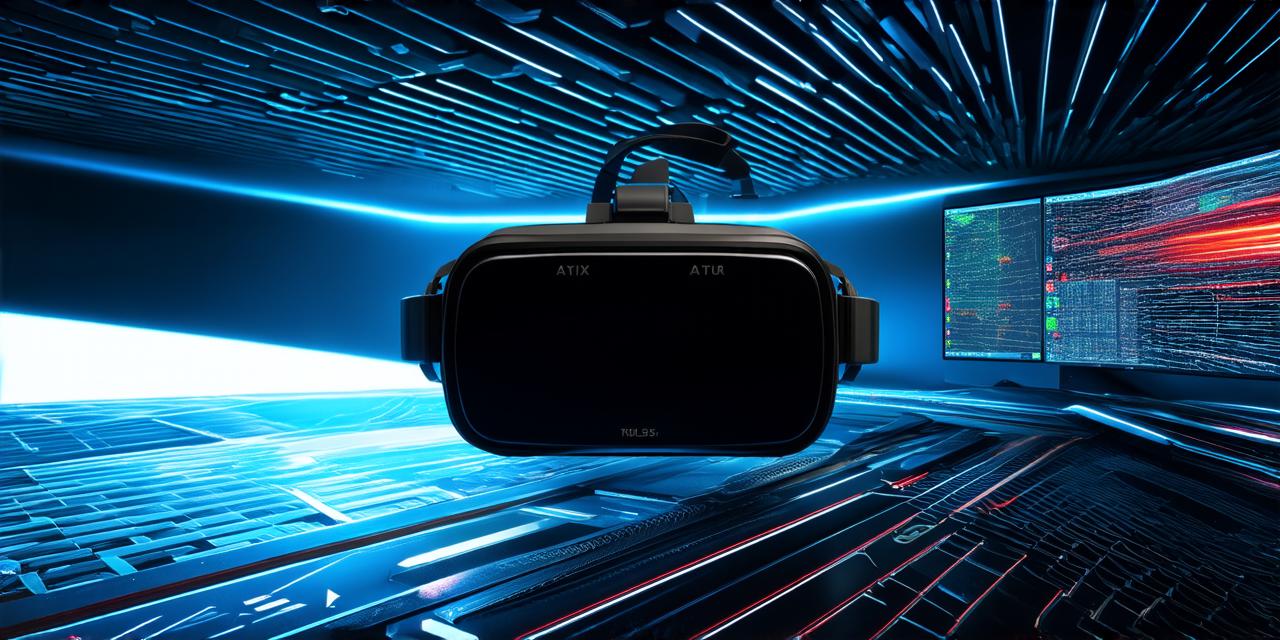
What is a virtual reality device?
Virtual reality technology has come a long way since its inception, with many different devices available for consumers to explore immersive virtual environments.
Table of Contents
Toggle1. What is a Virtual Reality Device?
A virtual reality device is a piece of hardware that allows users to experience a computer-generated environment in 3D. This is achieved through the use of sensors such as accelerometers, gyroscopes, and magnetometers, which track the user’s movement and translate it into corresponding actions within the virtual world.
2. Types of VR Devices
There are several types of virtual reality devices available, each with its own unique capabilities and features. These include:
- Head-mounted displays (HMDs): These are the most common type of VR device, and typically consist of a headset that is worn on the user’s head. The display projects a 3D image directly in front of the user, creating an immersive experience.
- Smartphones: Many smartphones have built-in virtual reality capabilities, allowing users to experience virtual environments using their mobile devices. These devices typically require a separate VR controller or headset for optimal performance.
- Gaming consoles: Some gaming consoles, such as the Oculus Quest 2, are specifically designed for virtual reality gaming and offer high-quality graphics and immersive experiences.
3. Virtual Reality Controllers

Virtual reality controllers are devices that allow users to interact with the virtual world. These typically consist of handheld controllers that are equipped with sensors such as accelerometers and gyroscopes, which track the user’s movement and translate it into corresponding actions within the virtual environment. Some VR devices also support haptic feedback, allowing users to feel physical sensations in the virtual world.
4. Applications of Virtual Reality Devices
Virtual reality technology has a wide range of applications across various industries, including:
- Gaming: Virtual reality gaming offers a highly immersive and interactive gaming experience, allowing players to fully engage with the game environment.
- Education: Virtual reality devices can be used in education to create immersive learning experiences that allow students to explore complex concepts and ideas in a safe and controlled environment.
- Training: Virtual reality technology is increasingly being used for training purposes, allowing professionals to practice their skills in a simulated environment without the risk of injury or damage to equipment.
- Medical care: Virtual reality devices can be used in medical care to provide patients with immersive experiences that can help to alleviate pain and anxiety, as well as to aid in rehabilitation and recovery.
In conclusion, virtual reality technology has come a long way since its inception, with many different devices available for consumers to explore immersive virtual environments. Whether you’re a gamer or looking for an innovative way to learn or train, a virtual reality device can offer a highly engaging and interactive experience that is sure to impress.

